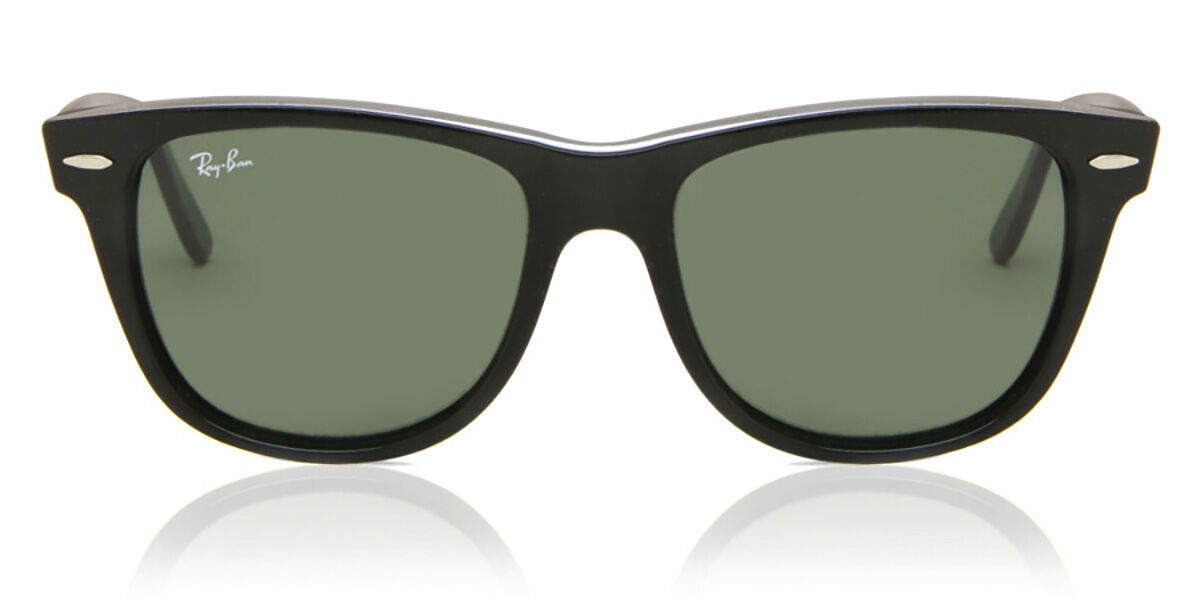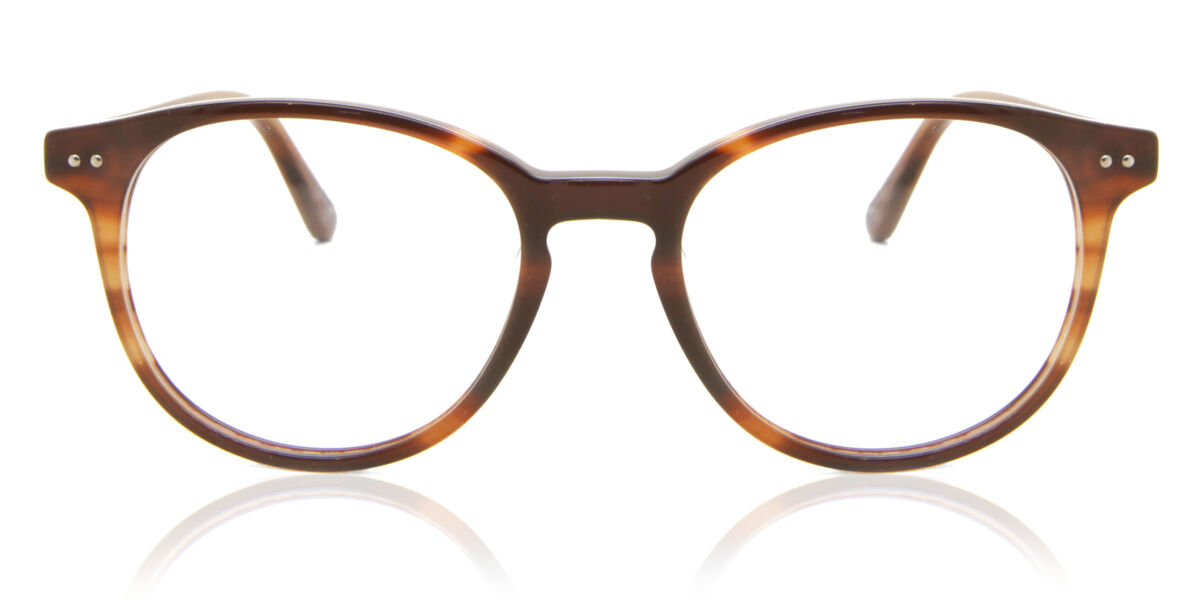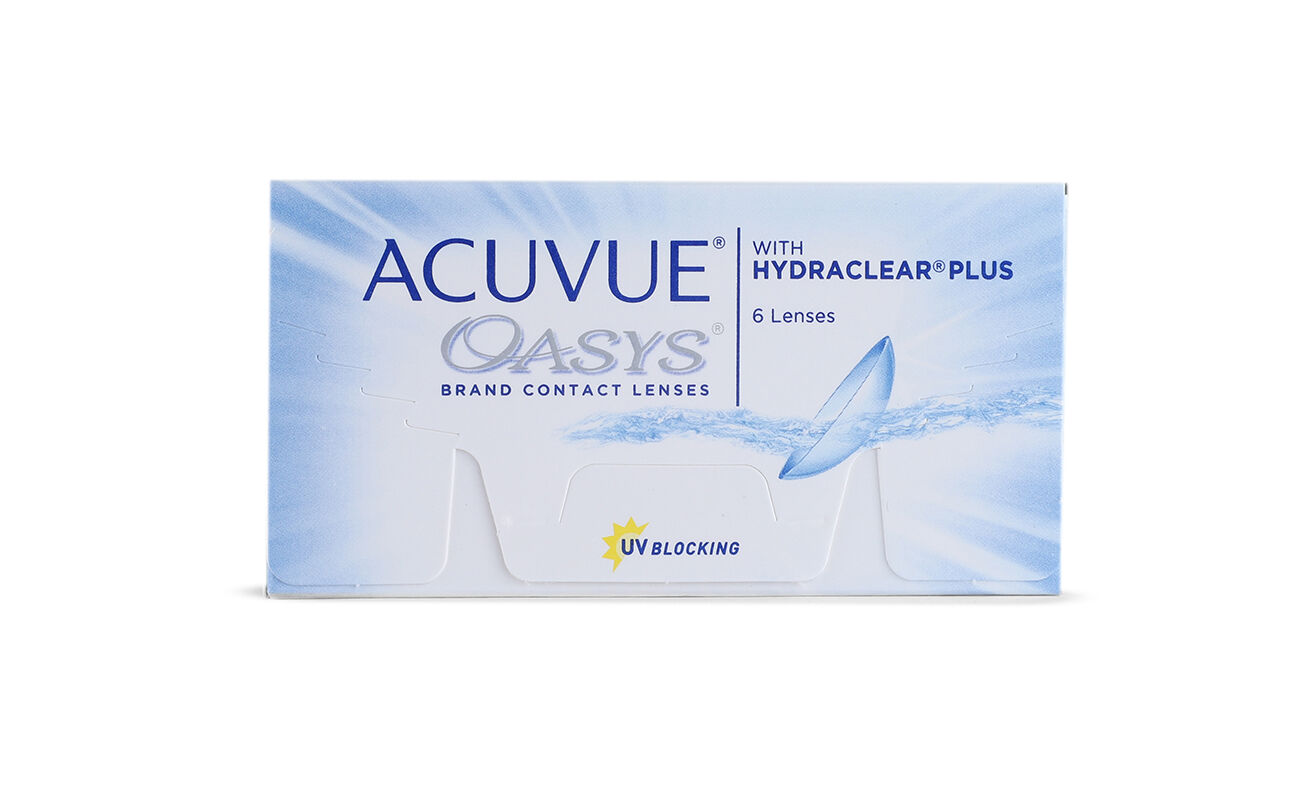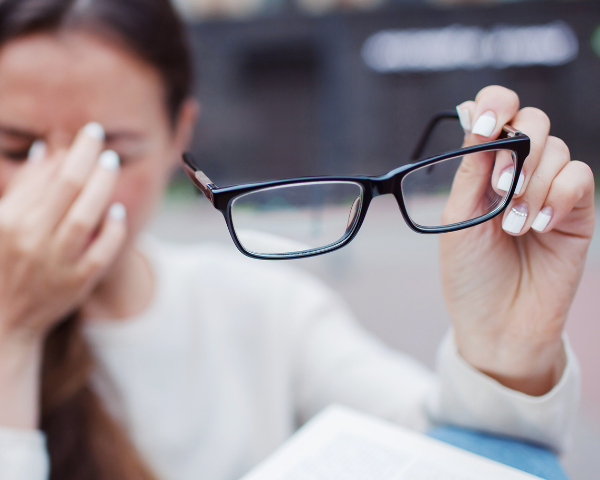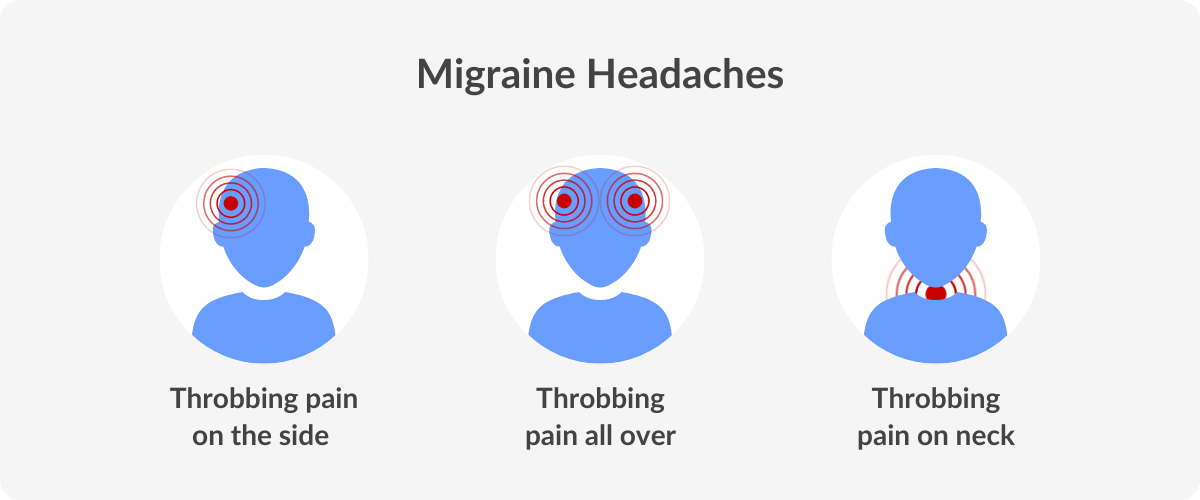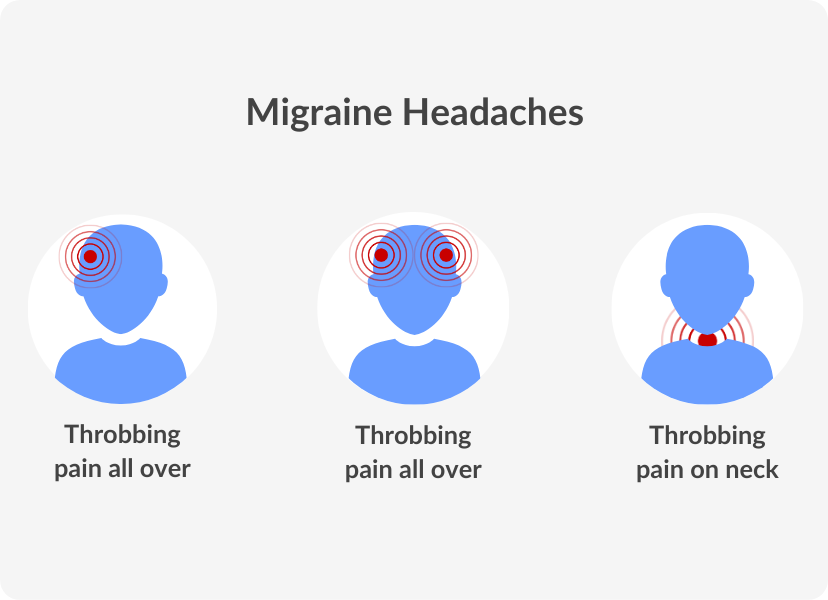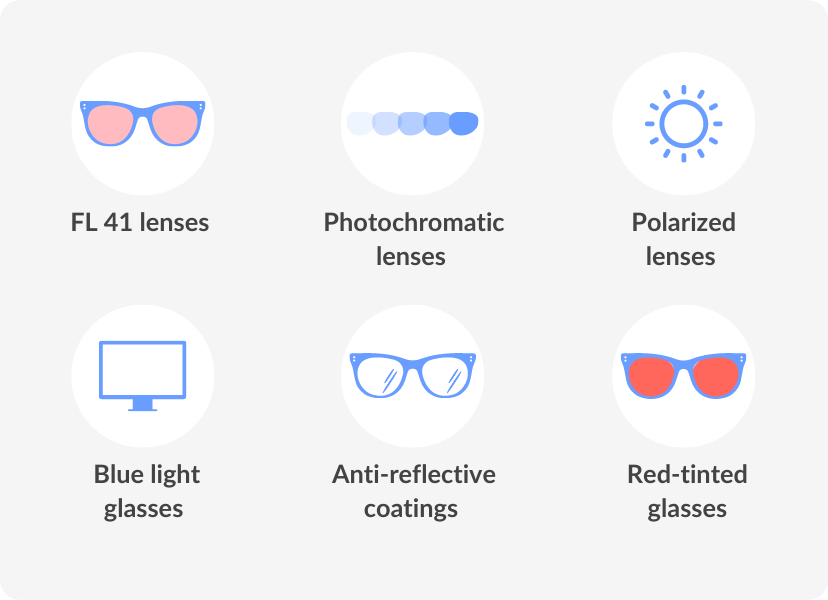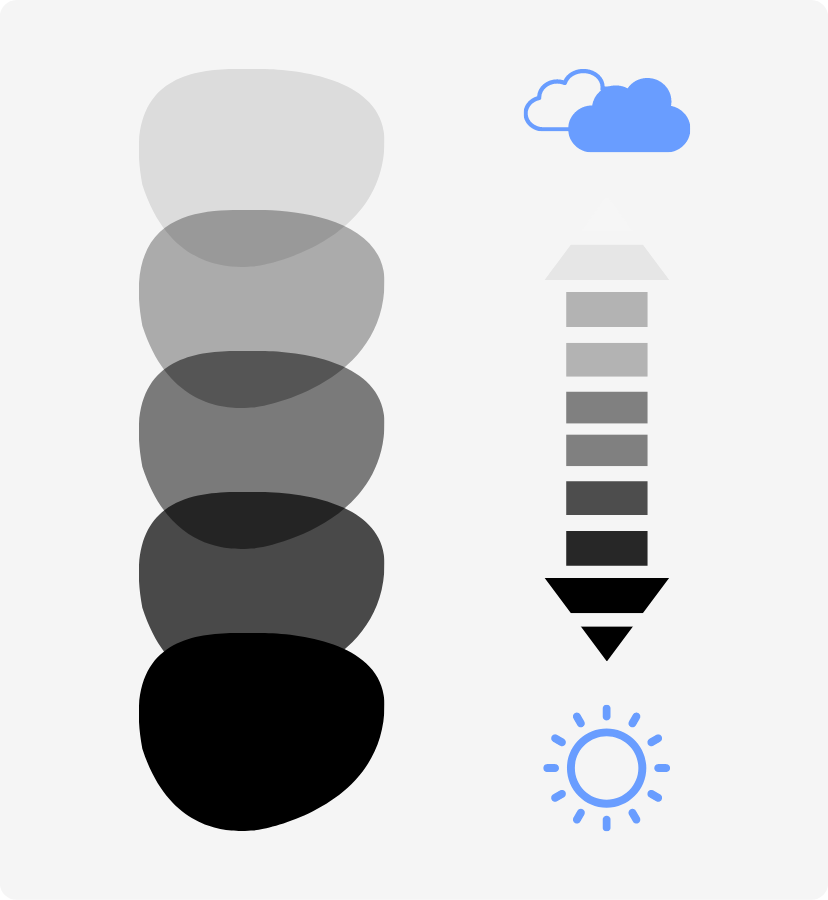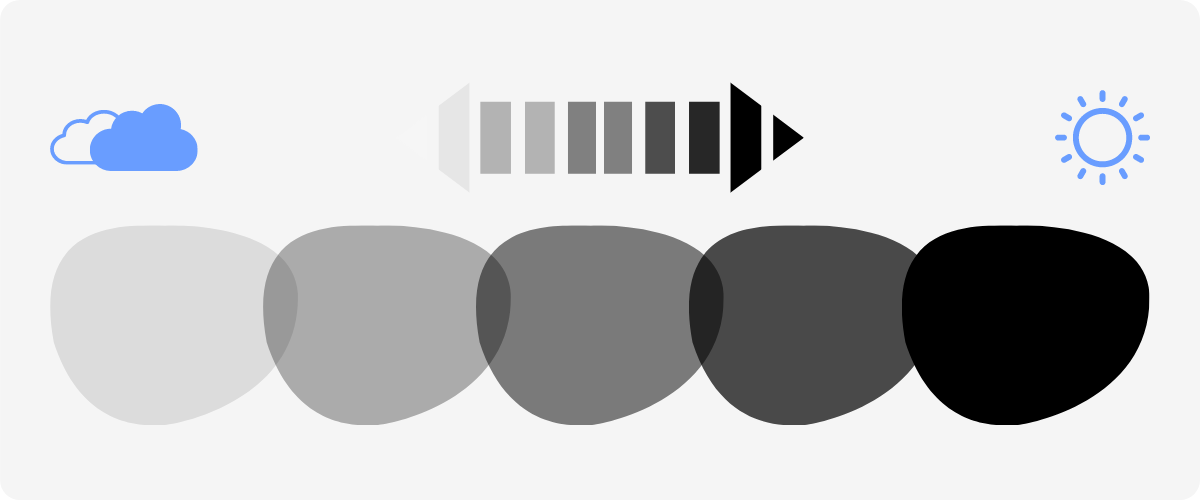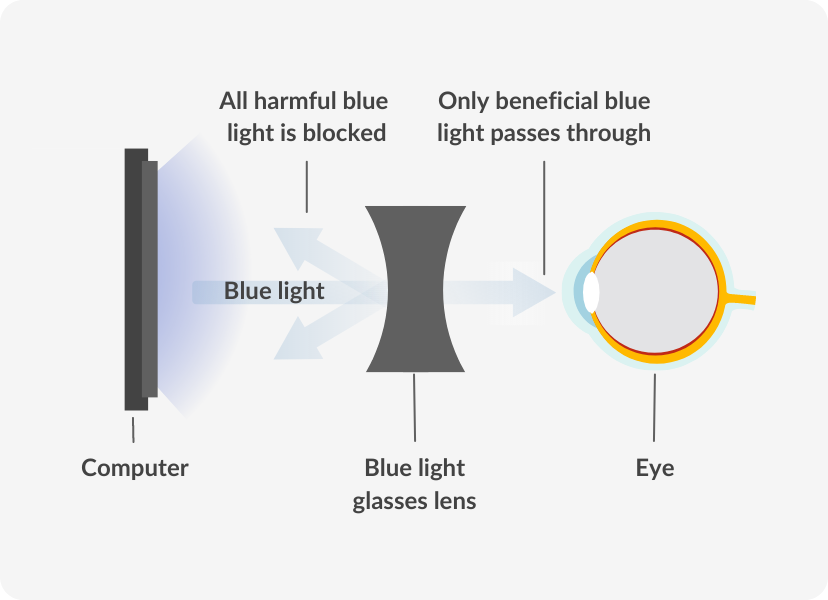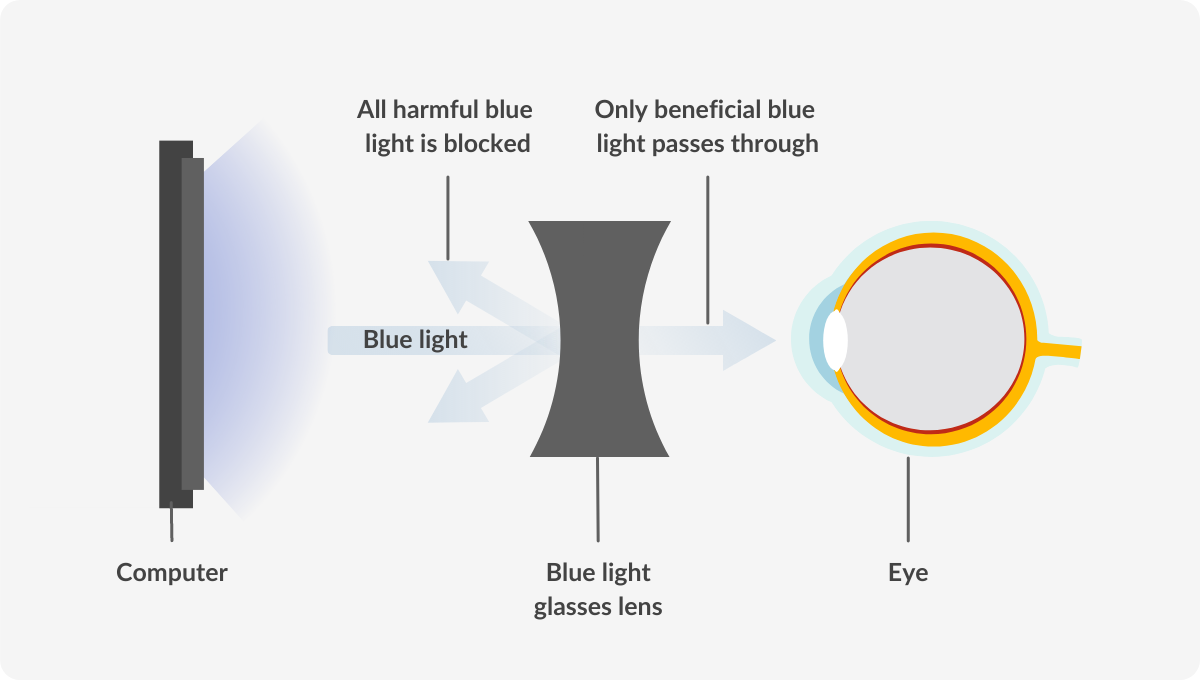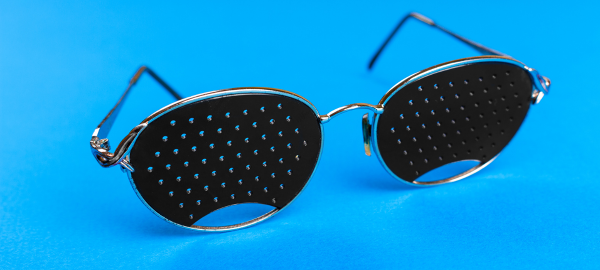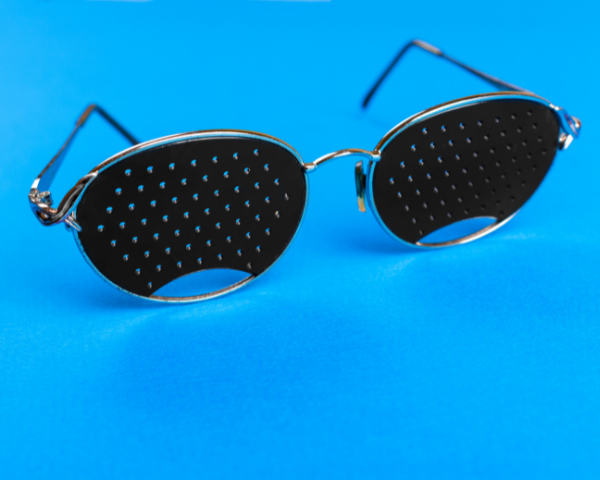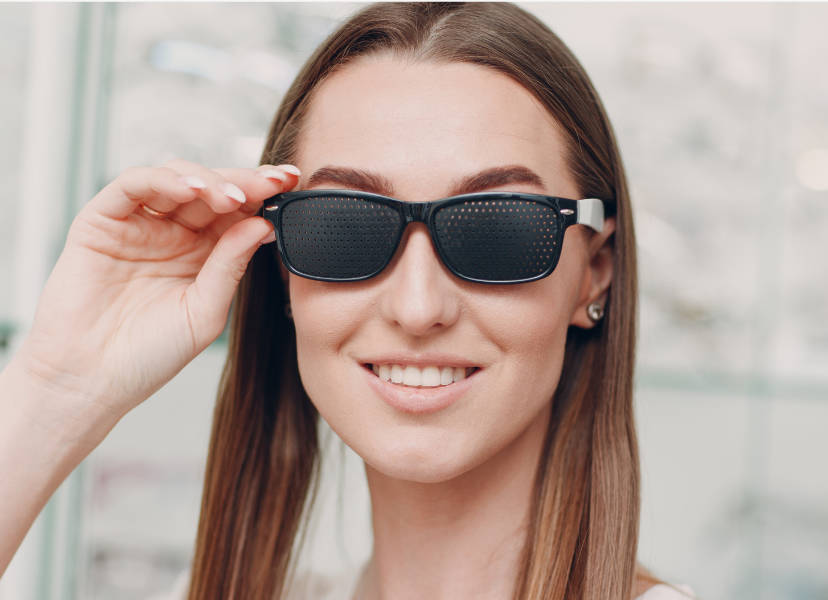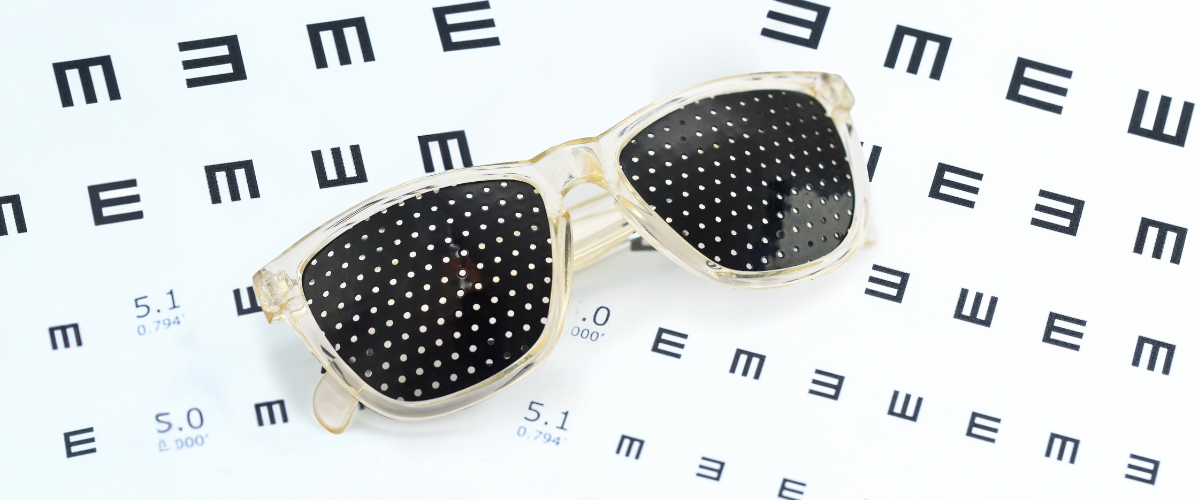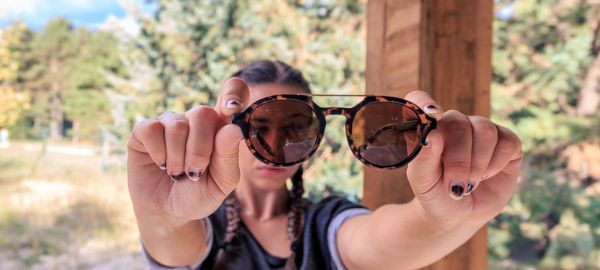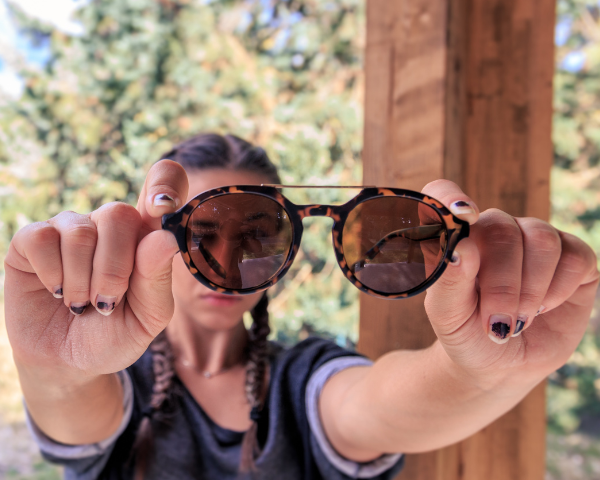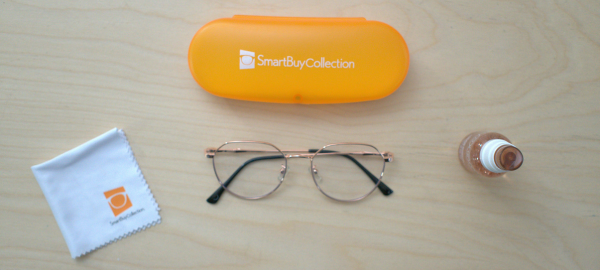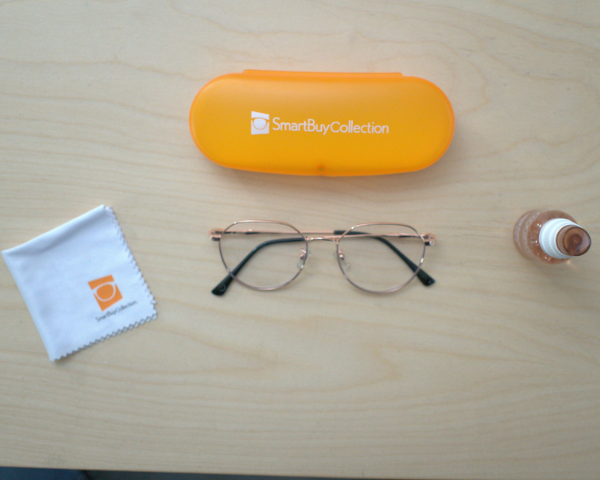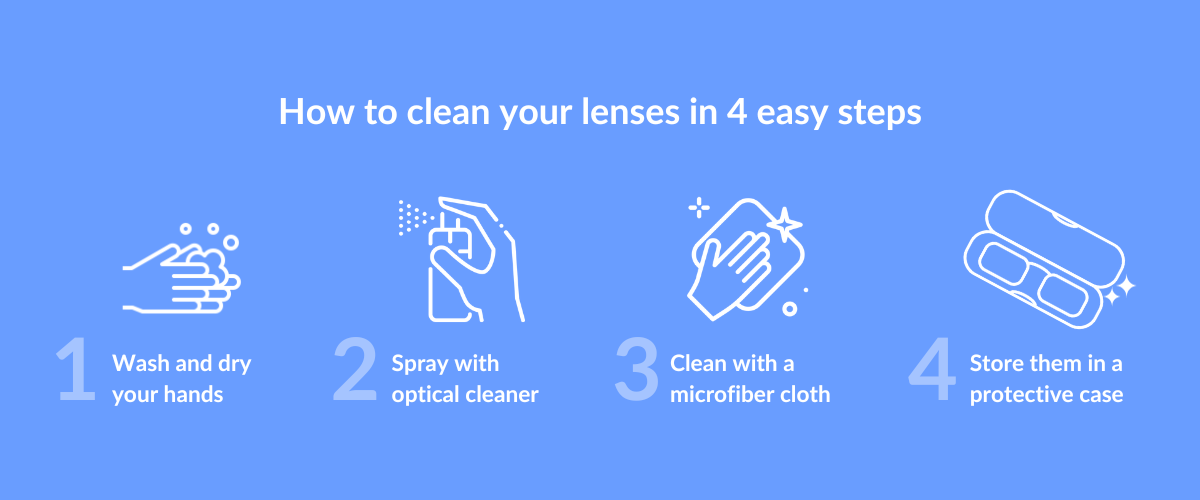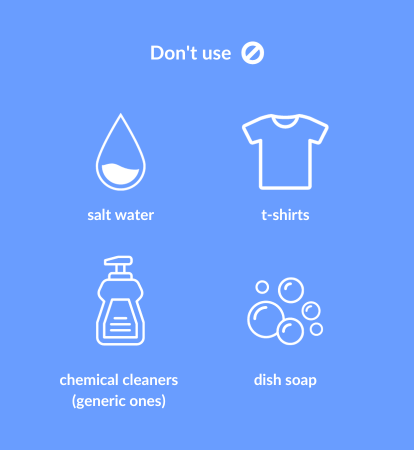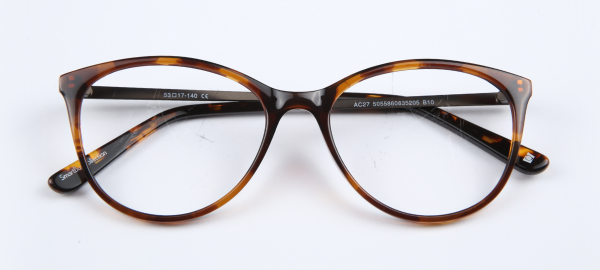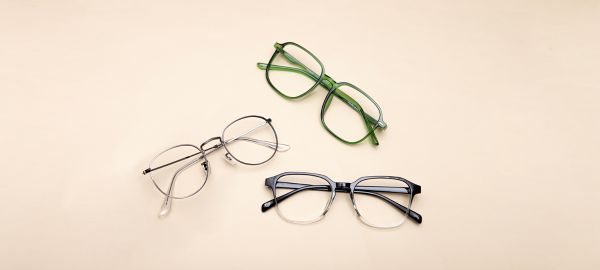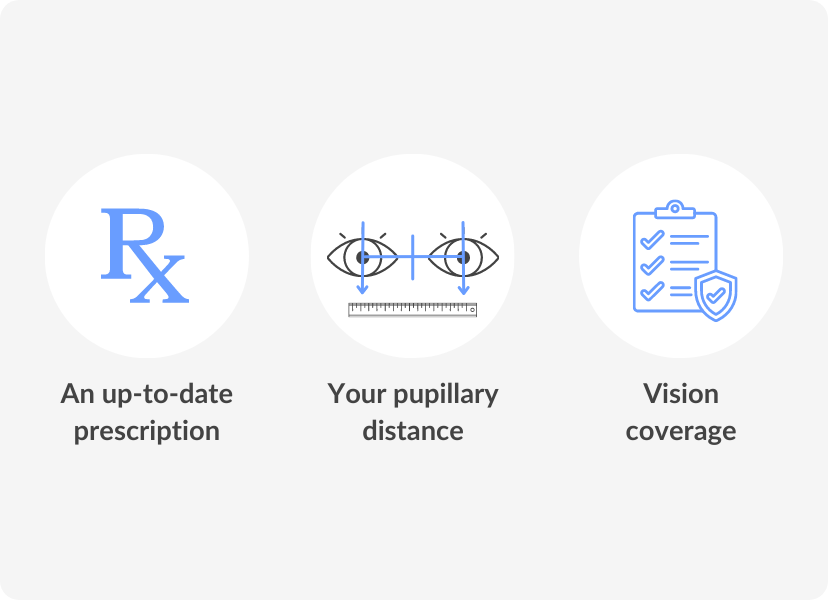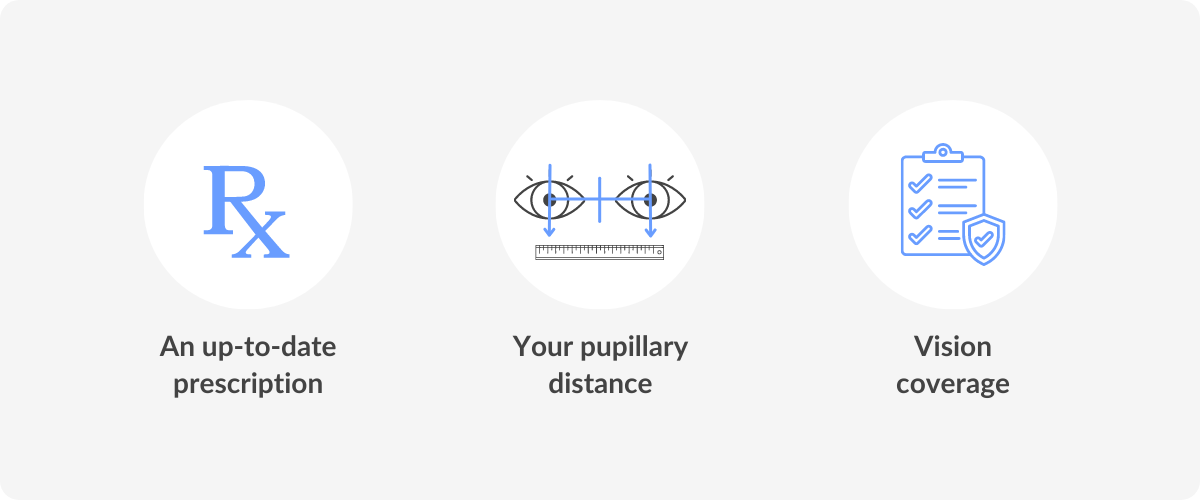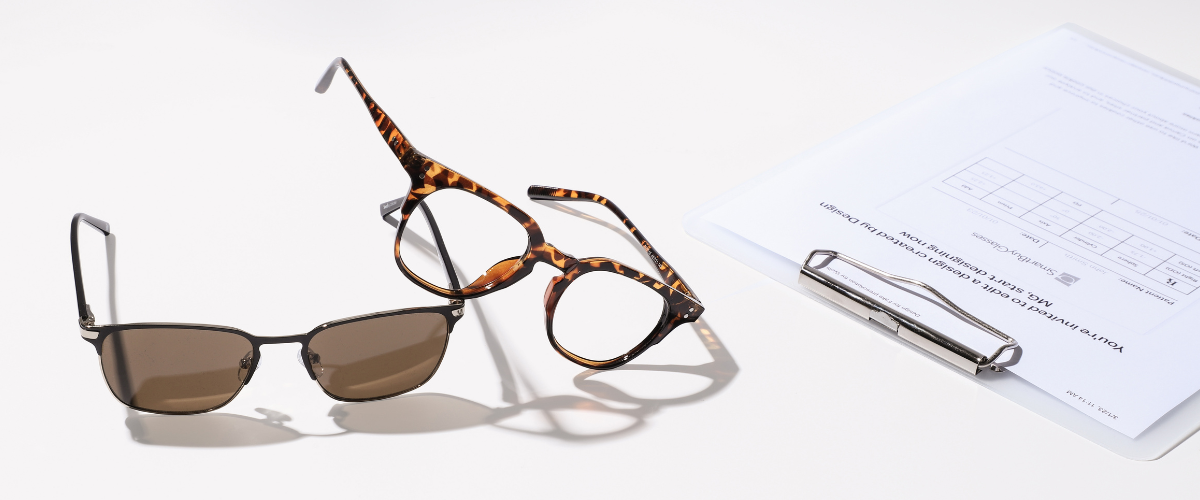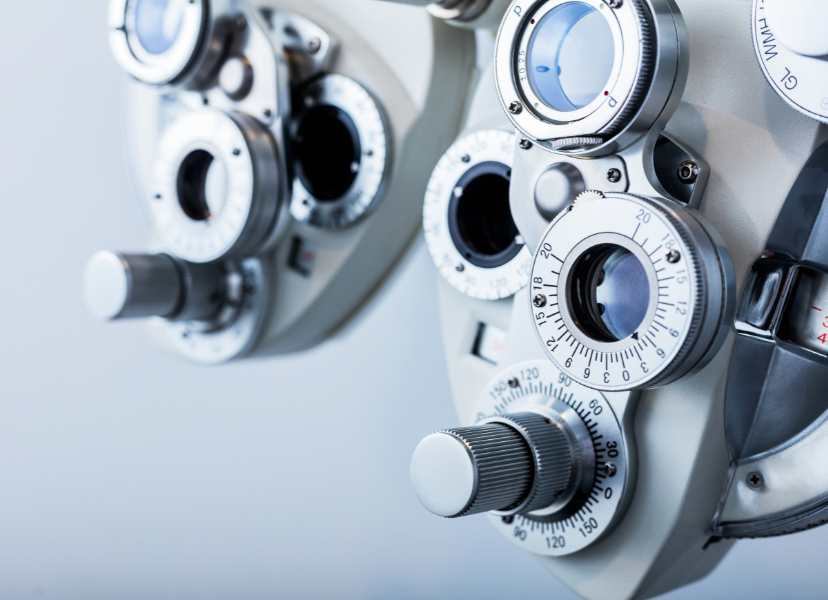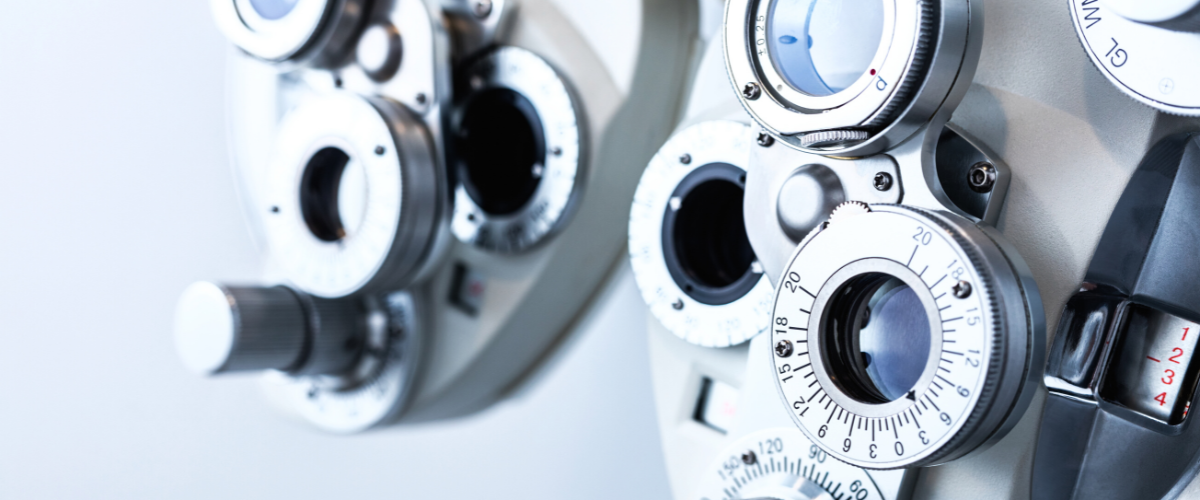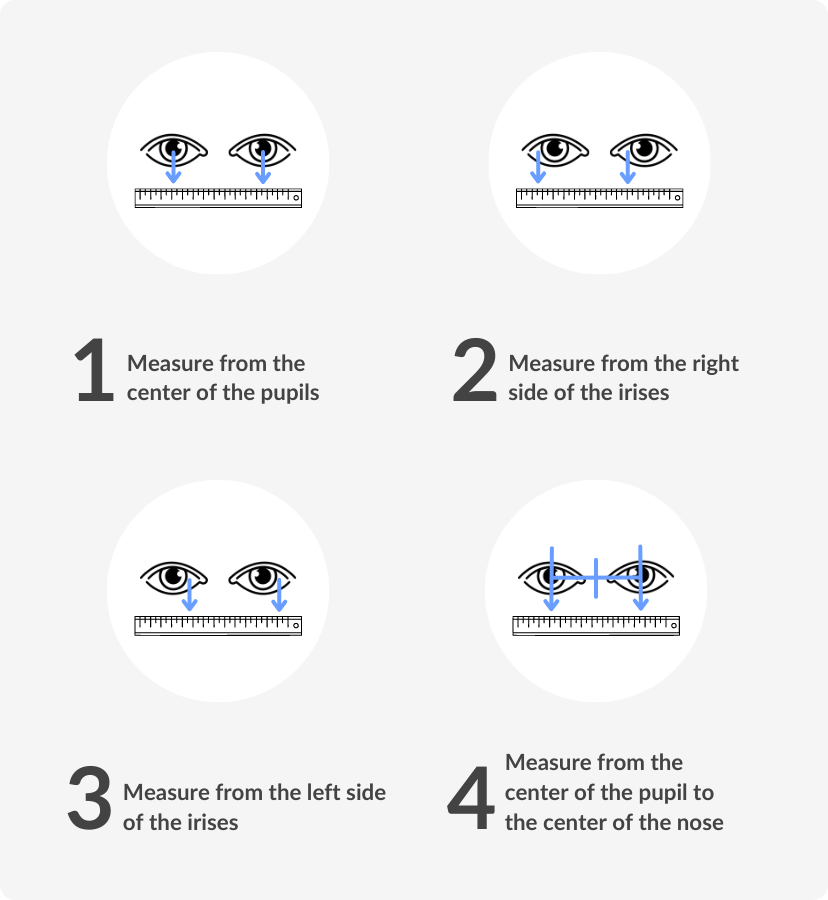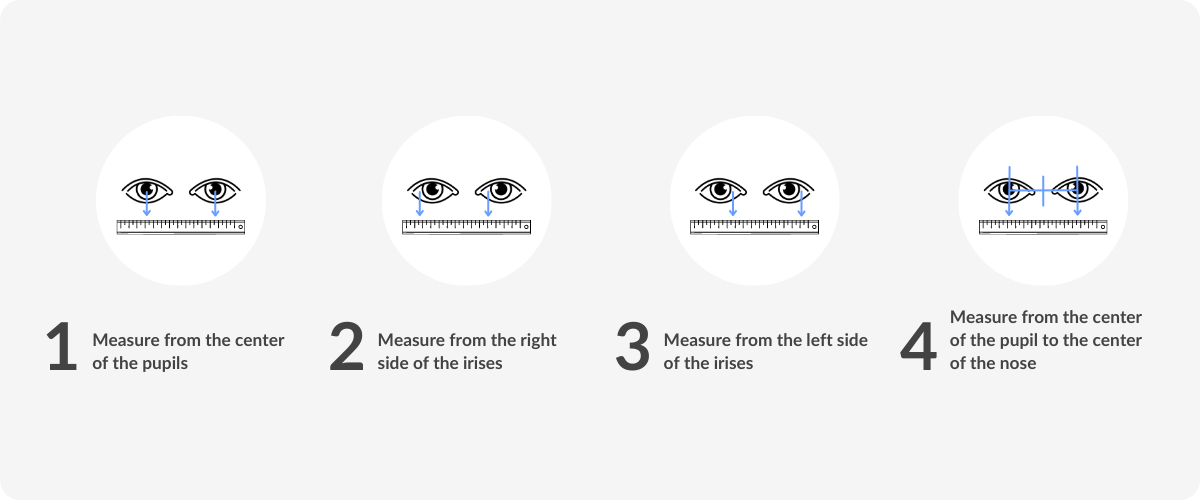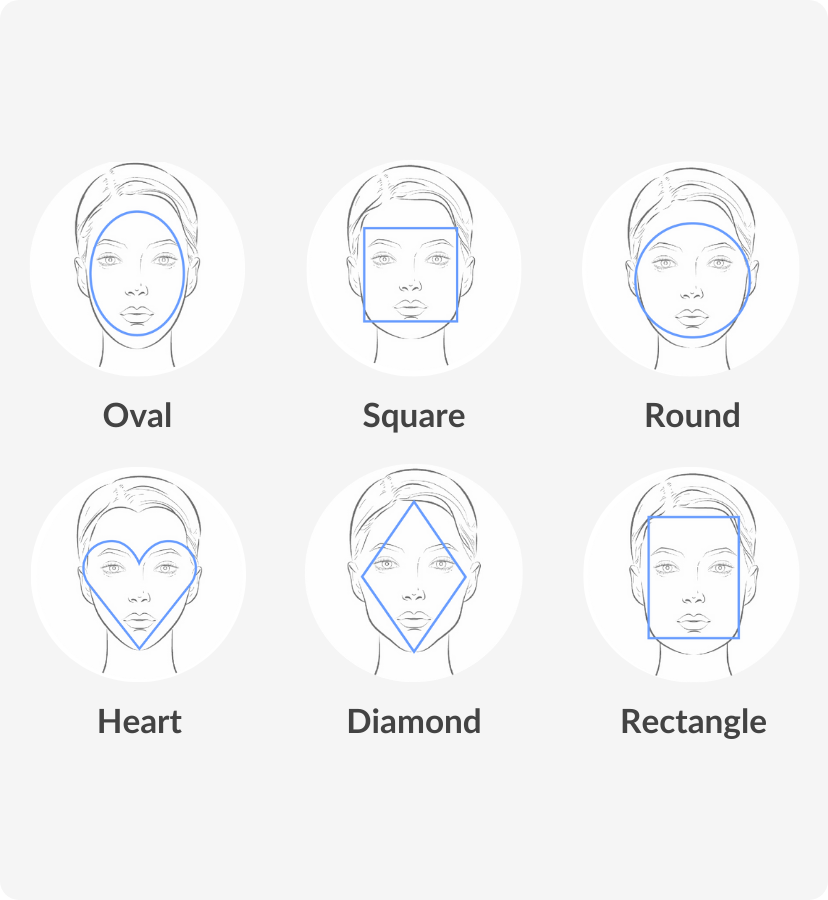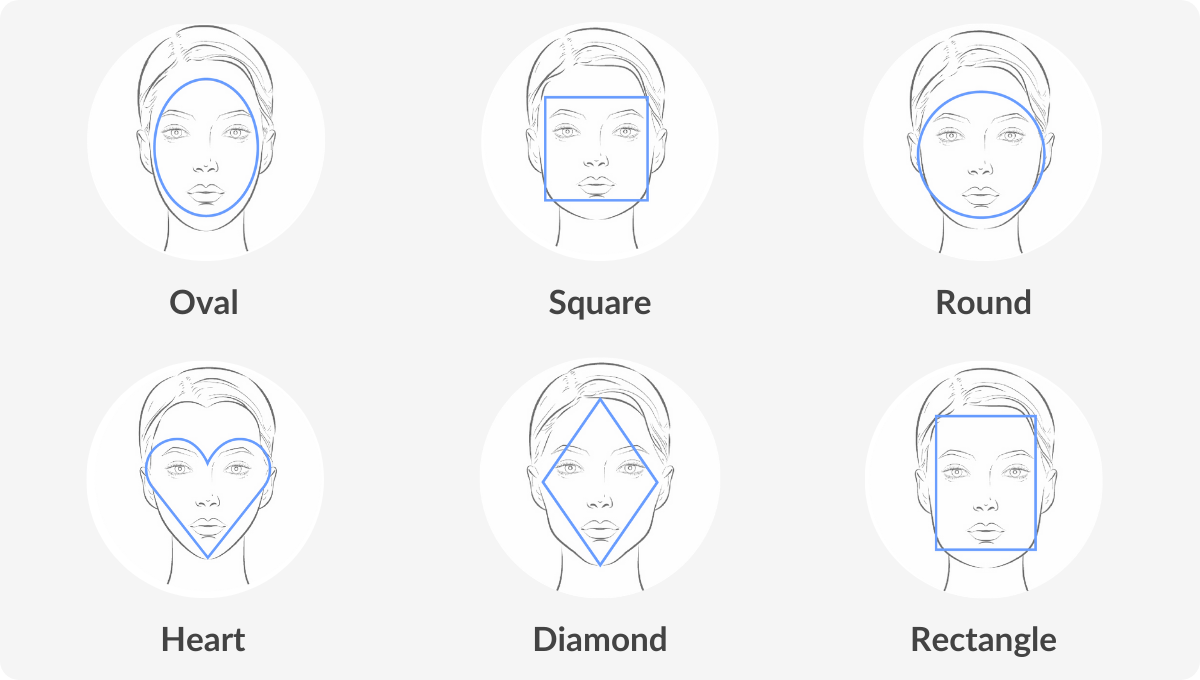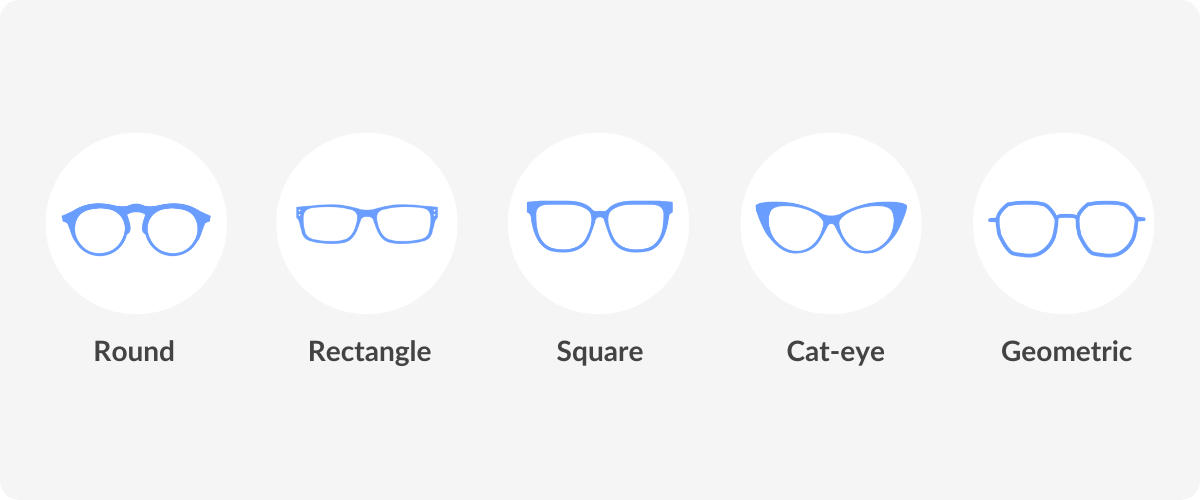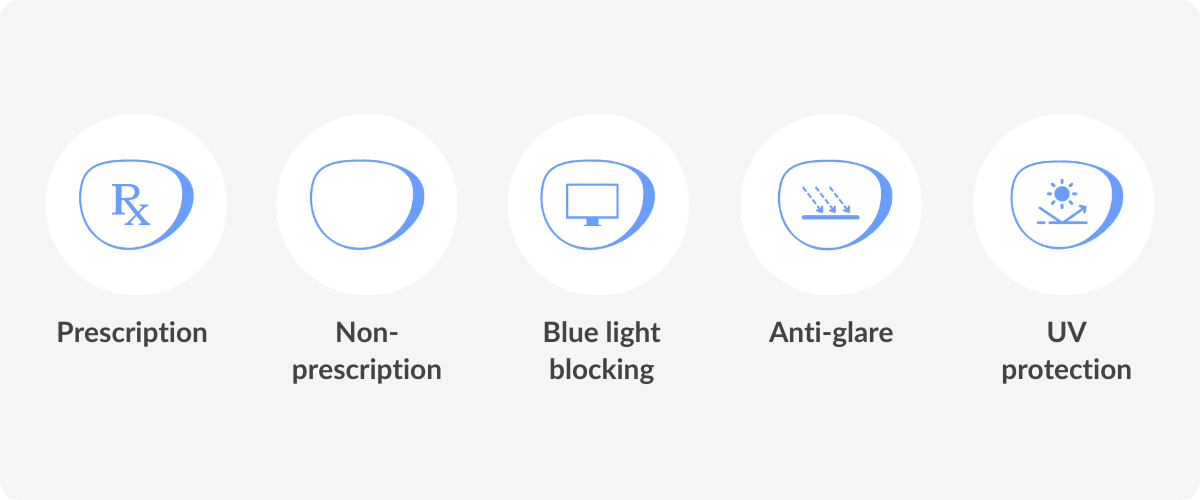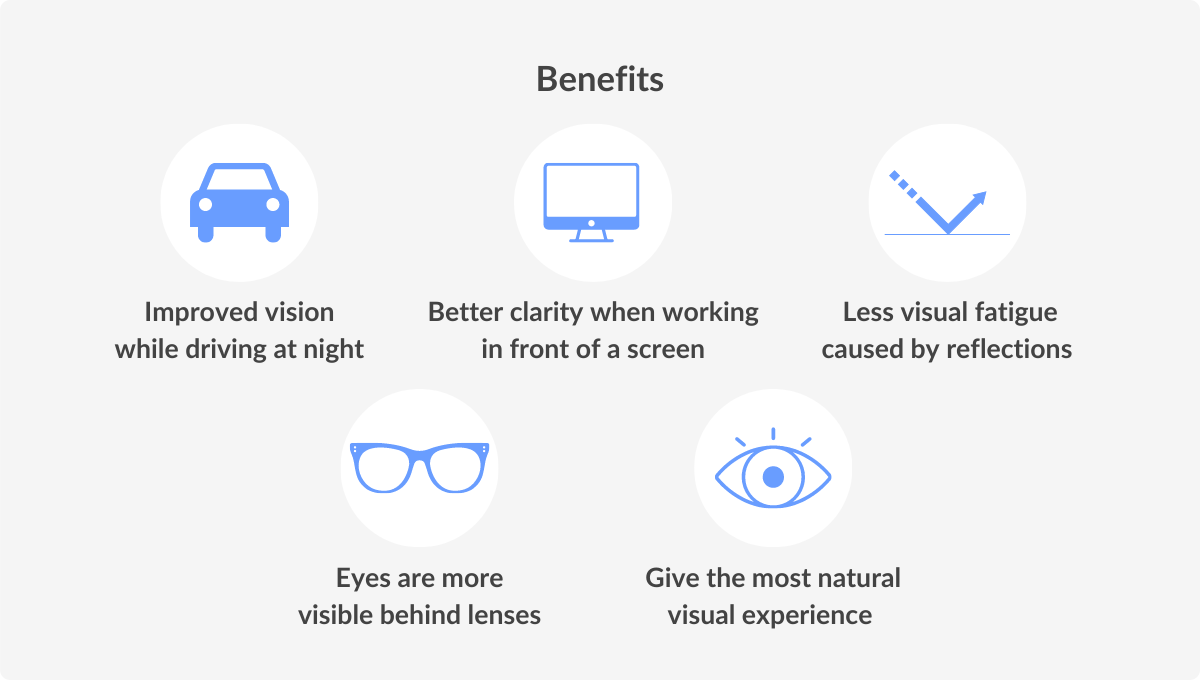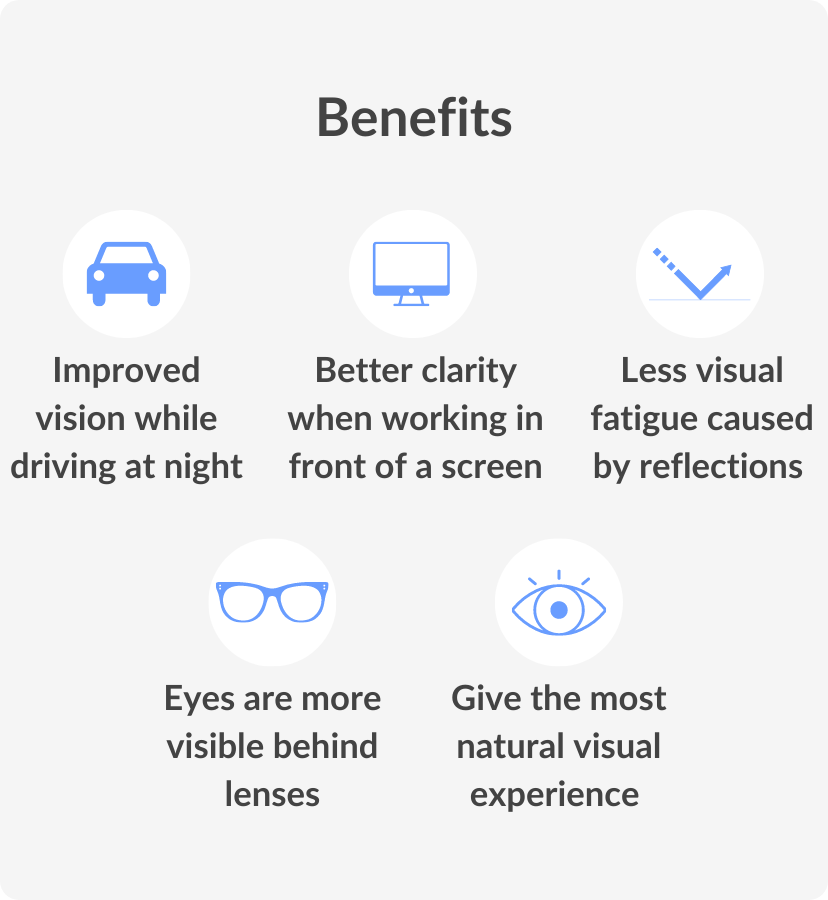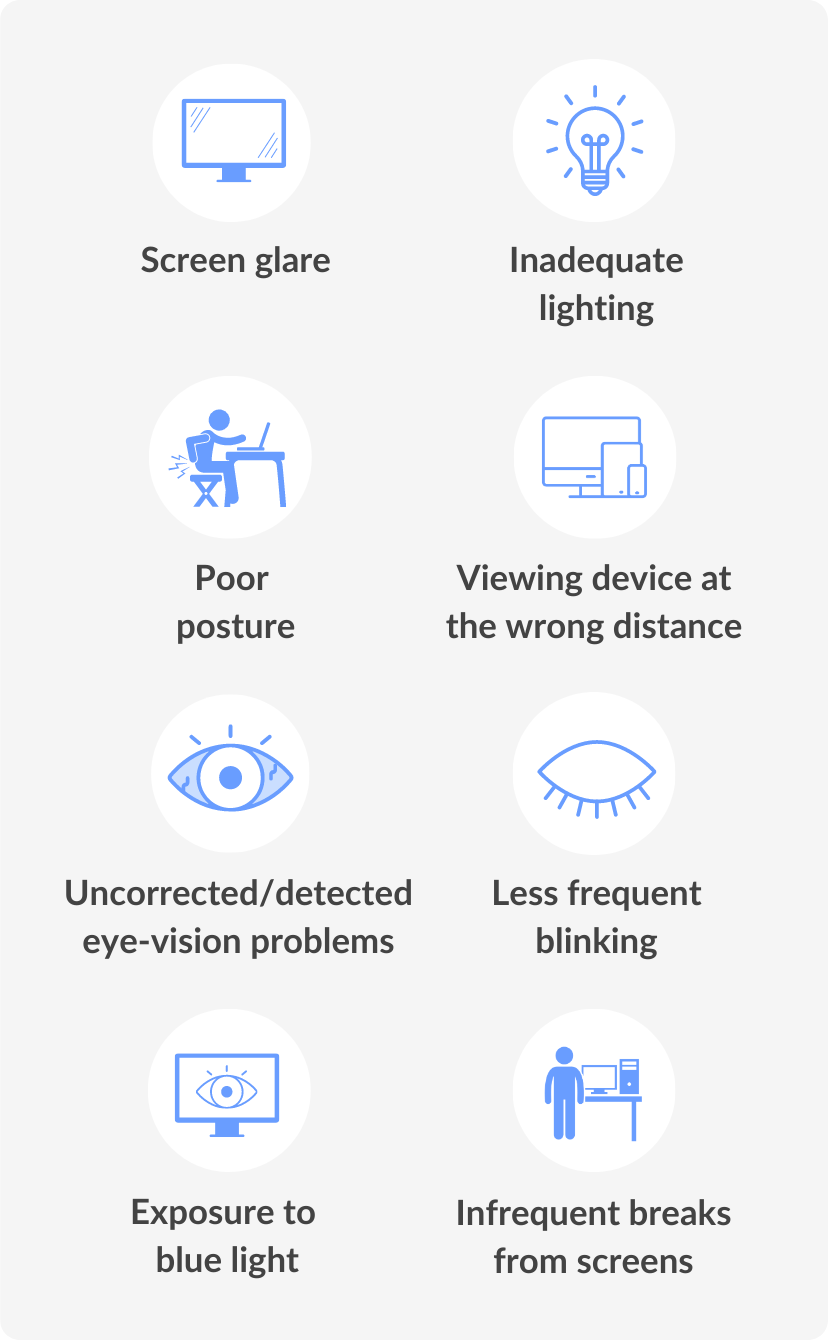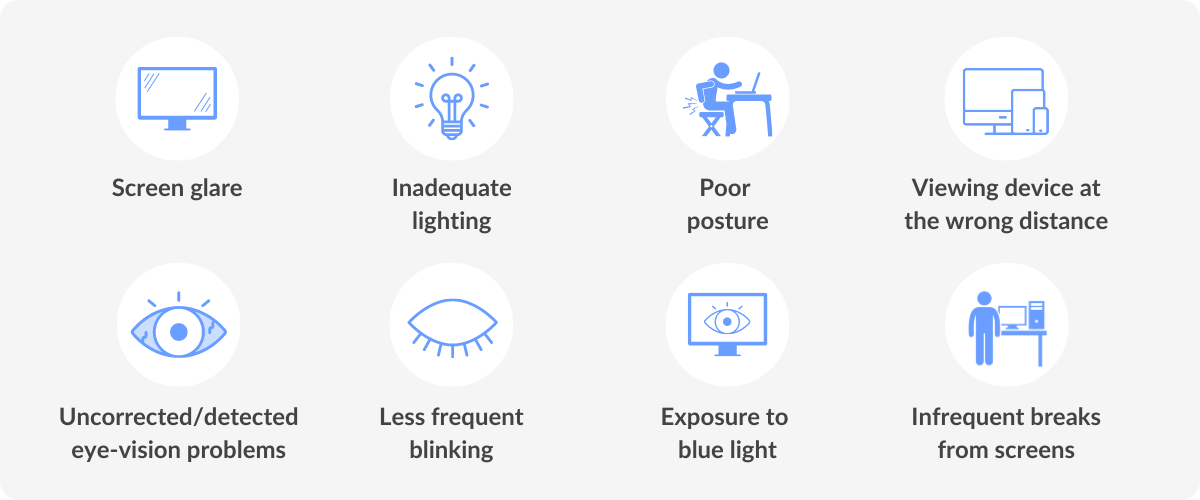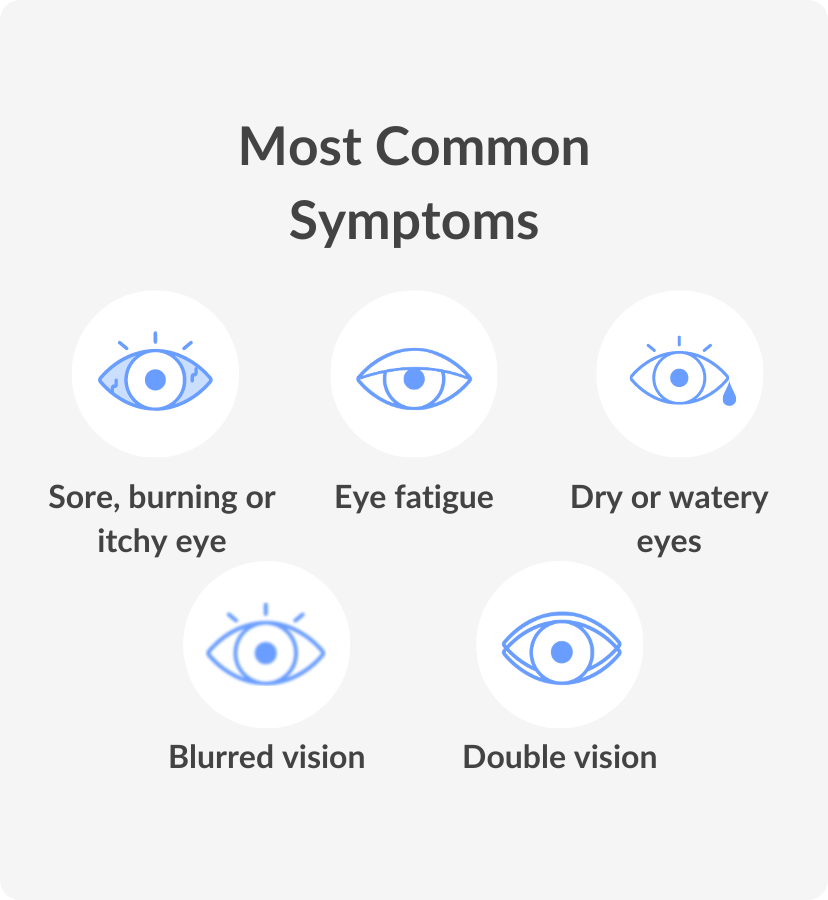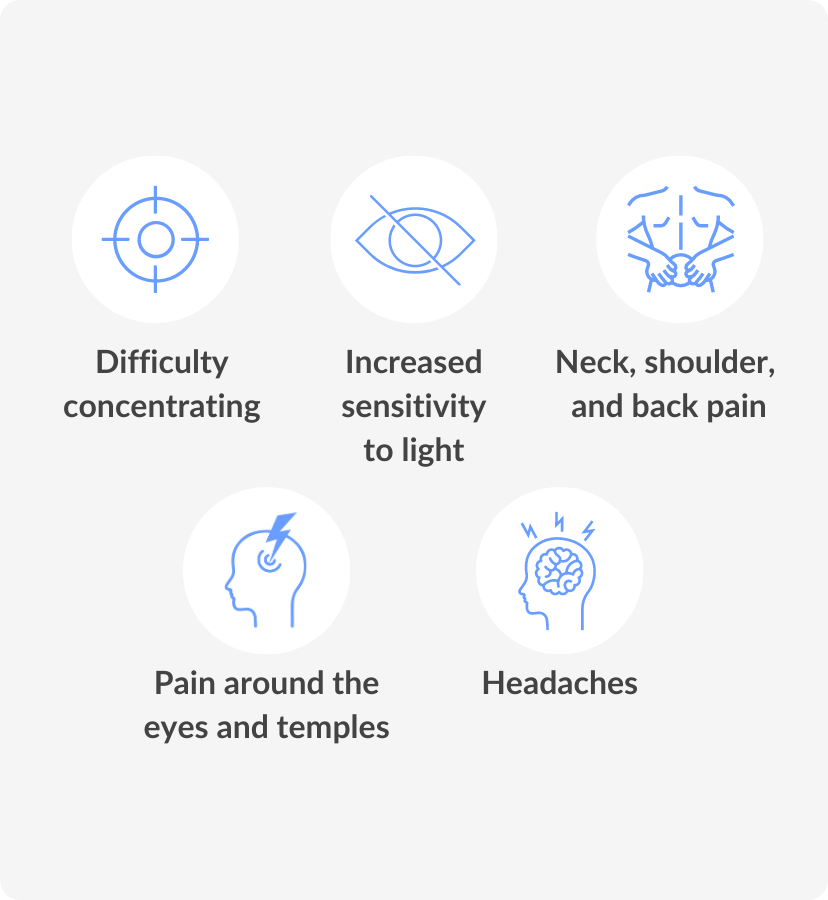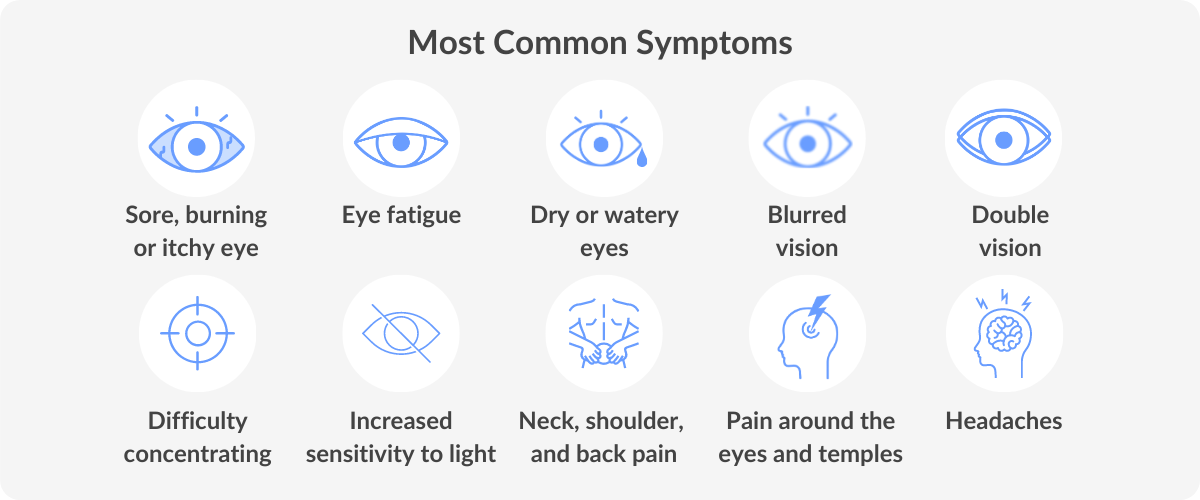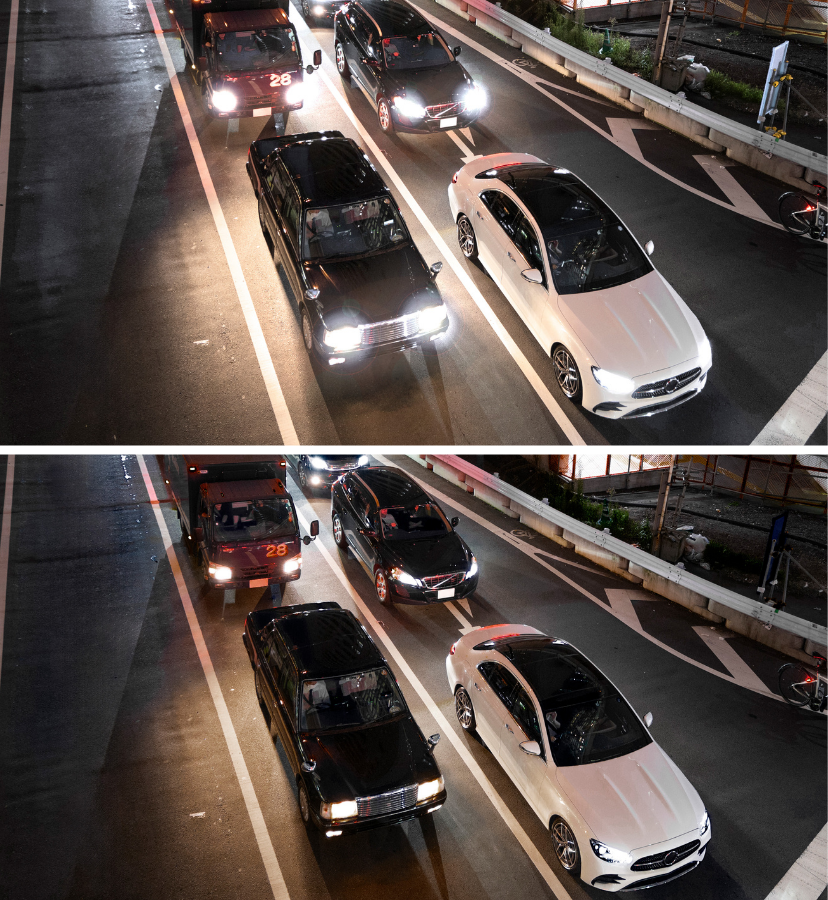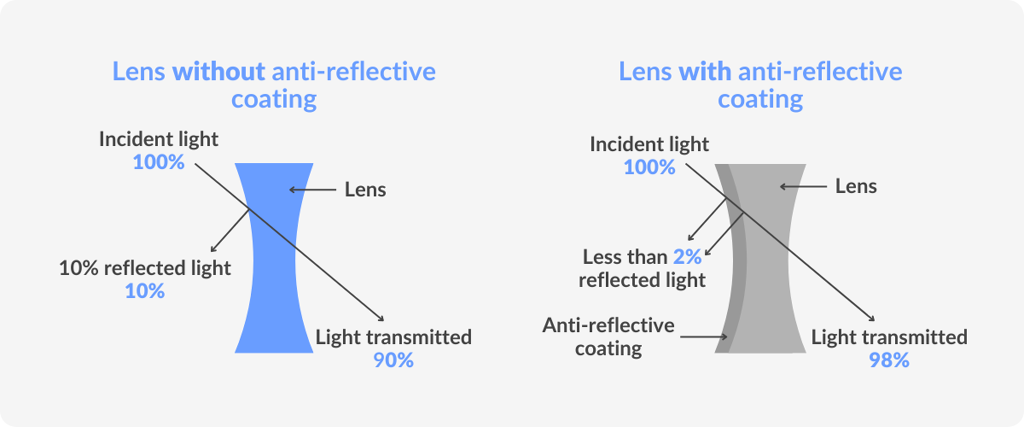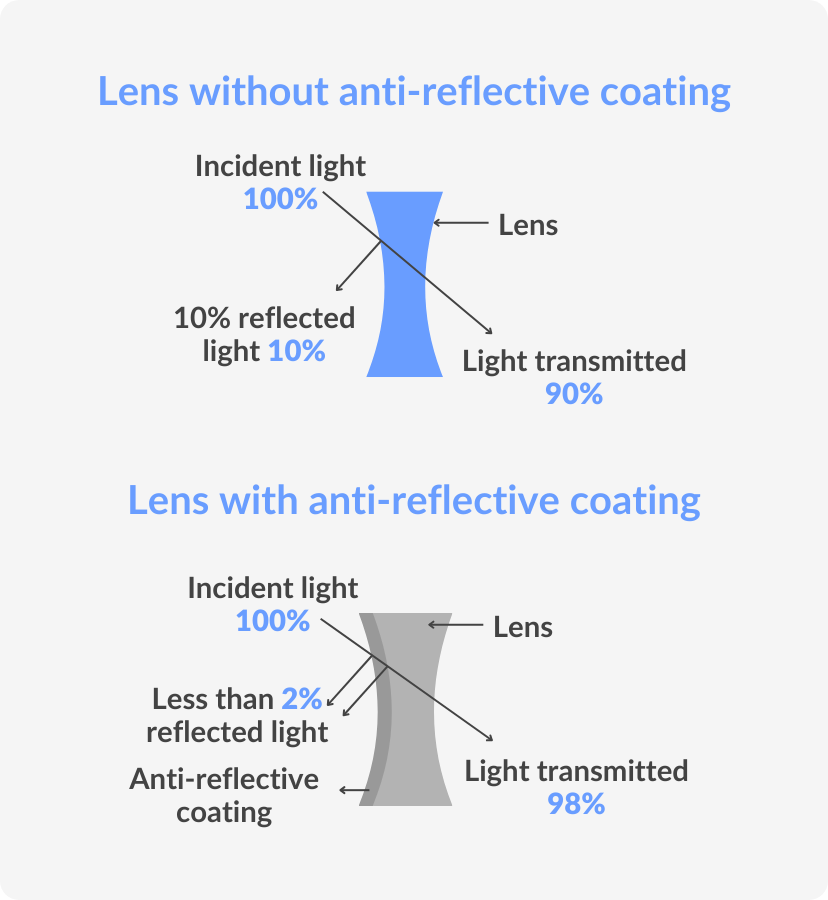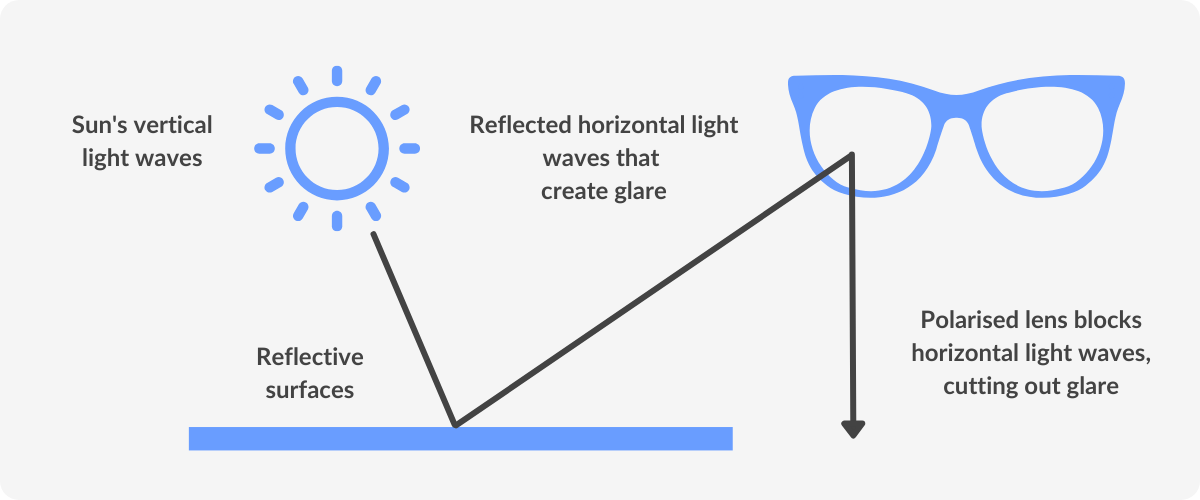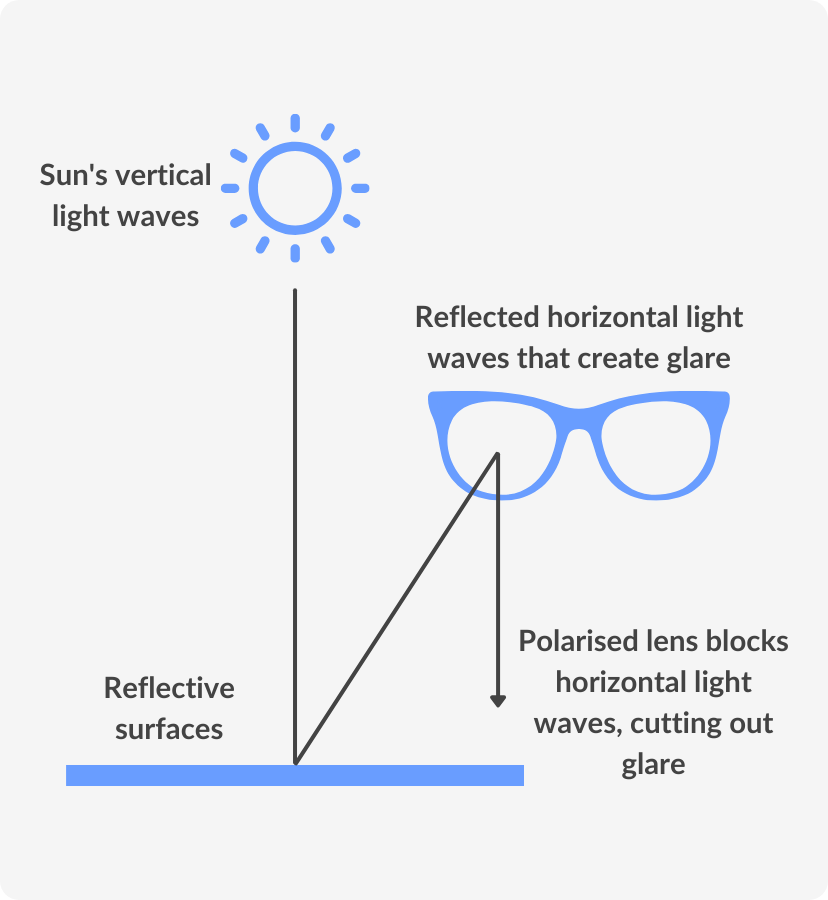How to Adjust Glasses
Adjust your glasses at home | Lenses are at different distances | Keep glasses from sliding down your nose | Adjust glasses behind your ears | Adjust crooked glasses | Tighten glasses with screwdriver | Optimal glasses adjustment

Reviewed by
Sharlene McKeeman FBDO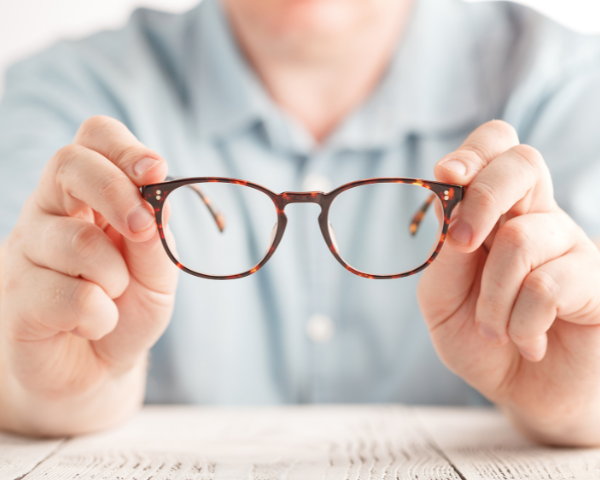
If you wear prescription glasses, you’ll know that not only is it uncomfortable when your glasses don’t fit, but it also affects your quality of vision.
When your optician or eye doctor gives you measurements, such as your pupillary distance, it’s based on your glasses fitting correctly. Keep reading to learn how to adjust glasses to improve fit for comfort and the best vision.
Can I adjust my glasses at home?
Sometimes new glasses, or glasses you wear often, can be misaligned for different reasons. Before bringing them to an optician, you can learn easy ways to make small adjustments and fix the most common issues.
The first thing to consider when learning to adjust glasses is the frame material you are working with. Metal frames and plastic frames will need to be handled differently. For instance, most plastic frame glasses do not have adjustable nose pads. However, many plastic frames nowadays have pads on arms for a more comfortable fit.
To tell whether or not it’s necessary to adjust glasses, set the glasses upside down on a flat surface with the sides open, the sides should both be sitting flat on the table and not rock. If they do, they might need some small adjustments.
How to adjust glasses if the lenses are different distances from your eyes?
To adjust glasses when your left lens is closer to your eye, you can gently bend in on the left temple of the arm and out on the right temple simultaneously. Bend the opposite way if your right lens is the one closest to your eye. Be careful not to apply excessive force.
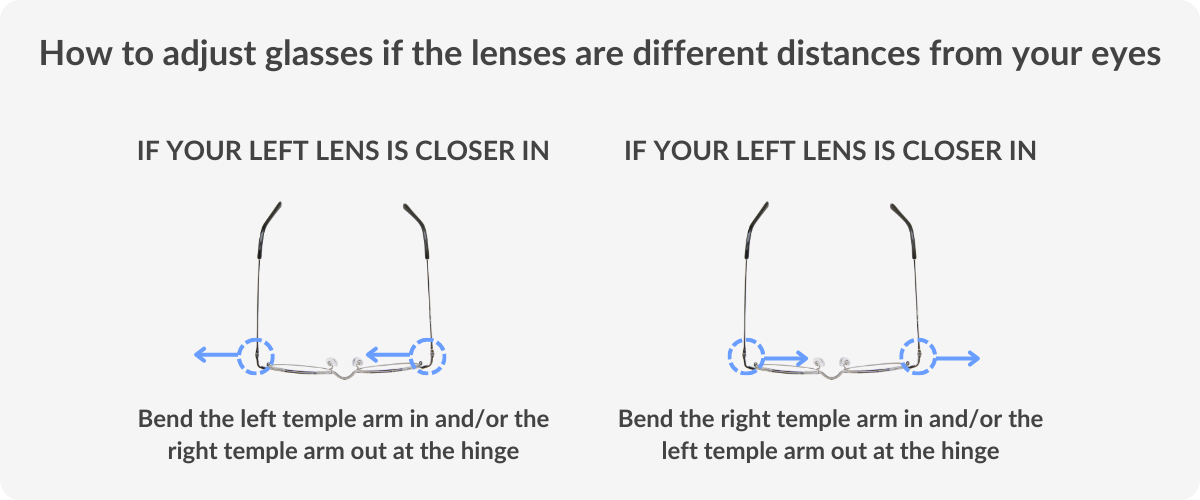
How do I keep my glasses from sliding down my nose?
If your glasses slide off your nose, the first thing to do is tighten them behind your ears.
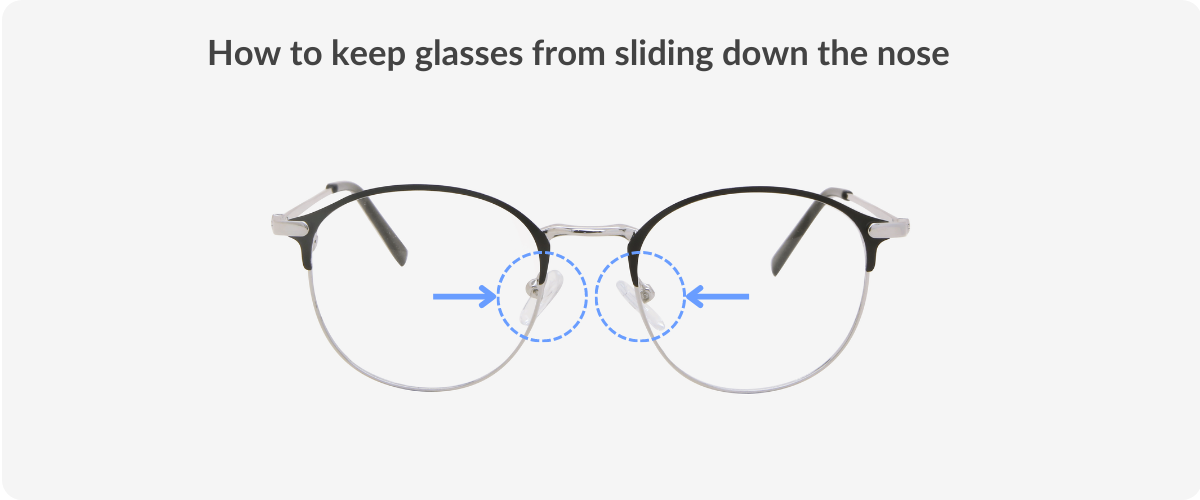
On metal frames, you can also adjust the nose pads to raise or lower the lenses to adjust the fit. If you have adjustable nose pads, simply push the nose pads closer together with your fingers until they sit comfortably on your nose without leaving marks. If your nose pads leave marks, make the opposite motion with the nose pads or temples.
How do you adjust glasses around your ears?
If your glasses are too tight around your ears, bend the tips out and up. For wire frames, this might be easier to do. If your glasses don’t bend easily (usually if they are made of acetate or plastic), you can always heat them where you intend to bend them.
Make sure the heat source does not touch the lenses, as it might ruin the coatings and cause damage.
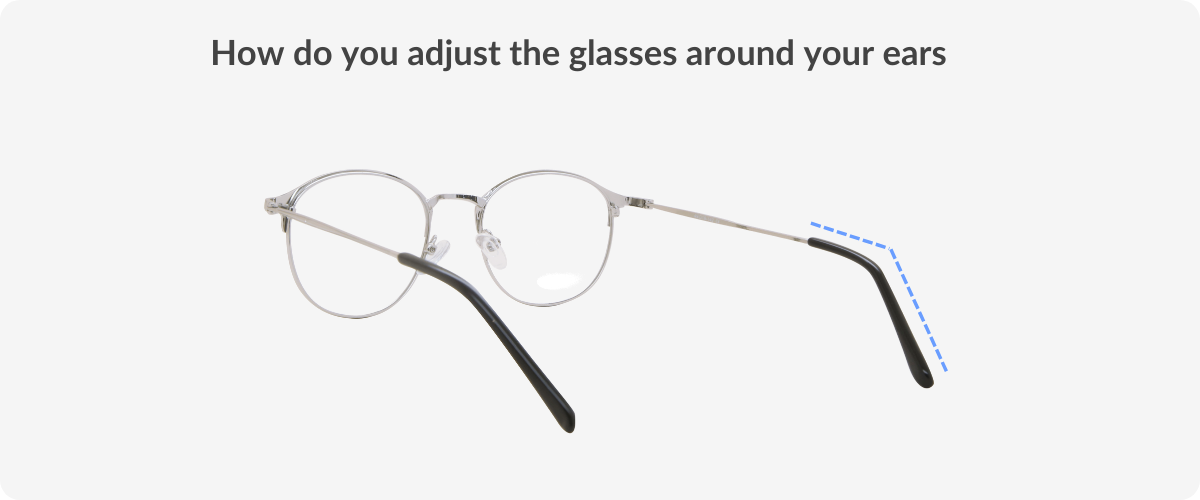
How to adjust crooked glasses
Again, for lenses of different heights, you’ll need to adjust the glasses’ arms. If the left lens is higher than the right, you’ll want to bend up the temple at the arm’s hinge on the right side. Do the opposite if the right lens is higher than the left one.
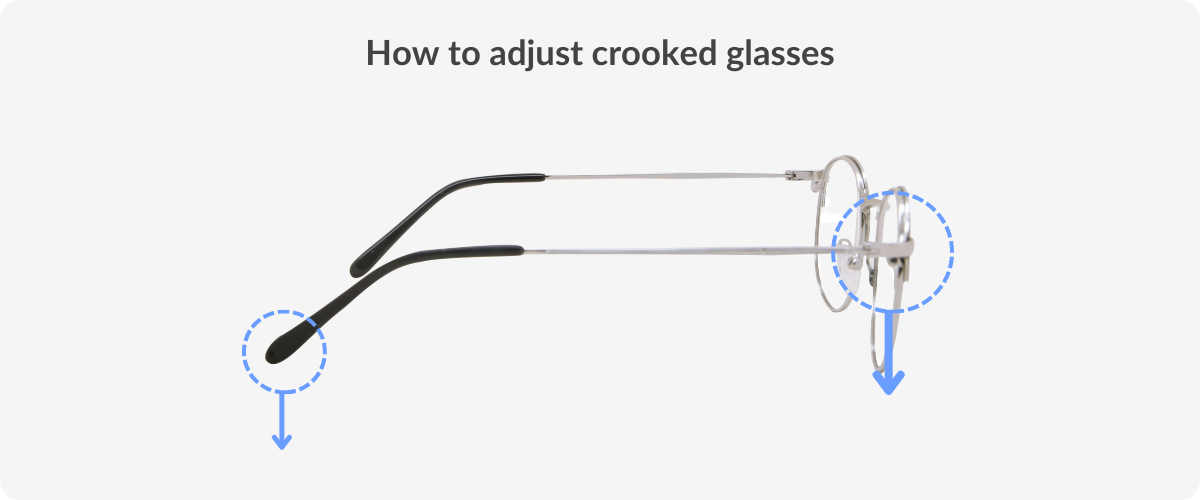
How to tighten glasses with a screwdriver
All types of eyeglasses have hinges held together by tiny screws. These screws are usually the first things that might need adjustments in your glasses. It’s important to check regularly if the screws are loose to avoid losing them. If they are, you might need to use a screwdriver to adjust them.
Most glasses repair kits include screws and a small screwdriver specifically made for glasses. With the help of the screwdriver, carefully tighten the screws at the corners of the temples. Tighten them as much as possible, then loosen them by a half turn to ensure no strain is put on the sides.
Avoid fixing your glasses yourself if a screw comes out or an arm separates. Instead, get your spectacles properly adjusted by an optician.
DID YOU KNOW?
Ask an optician for optimal glasses adjustments
If you’re unsure about adjusting glasses yourself, the best thing to do is to go to an optician for help. Some types of eyeglasses, such as rimless and semi-rimless ones, usually need more care and experience as they are more fragile than fully-rimmed eyeglass frames. Opticians are also the best option for adjusting metal frames better, especially if you need to adjust one nose pad arm or both of them.
If you need help with what to do with your current or new pair of glasses, you can contact one of our certified online opticians. They can advise you on what is best to do in your situation.
You can also check out our Optical Center, an extensive information platform where you can find answers and explanations of all things related to eye care and glasses.
How to Adjust Glasses
Adjust your glasses at home | Lenses are at different distances | Keep glasses from sliding down your nose | Adjust glasses behind your ears | Adjust crooked glasses | Tighten glasses with screwdriver | Optimal glasses adjustment

Reviewed by
Sharlene McKeeman FBDO
If you wear prescription glasses, you’ll know that not only is it uncomfortable when your glasses don’t fit, but it also affects your quality of vision.
When your optician or eye doctor gives you measurements, such as your pupillary distance, it’s based on your glasses fitting correctly.
Keep reading to learn how to adjust glasses to improve fit for comfort and the best vision.
Can I adjust my glasses at home?
Sometimes new glasses, or glasses you wear often, can be misaligned for different reasons. Before bringing them to an optician, you can learn easy ways to make small adjustments and fix the most common issues.
The first thing to consider when learning to adjust glasses is the frame material you are working with. Metal frames and plastic frames will need to be handled differently. For instance, most plastic frame glasses do not have adjustable nose pads.
However, many plastic frames nowadays have pads on arms for a more comfortable fit.
To tell whether or not it’s necessary to adjust glasses, set the glasses upside down on a flat surface with the sides open, the sides should both be sitting flat on the table and not rock. If they do, they might need some small adjustments.
How to adjust glasses if the lenses are different distances from your eyes?
To adjust glasses when your left lens is closer to your eye, you can gently bend in on the left temple of the arm and out on the right temple simultaneously.
Bend the opposite way if your right lens is the one closest to your eye. Be careful not to apply excessive force.
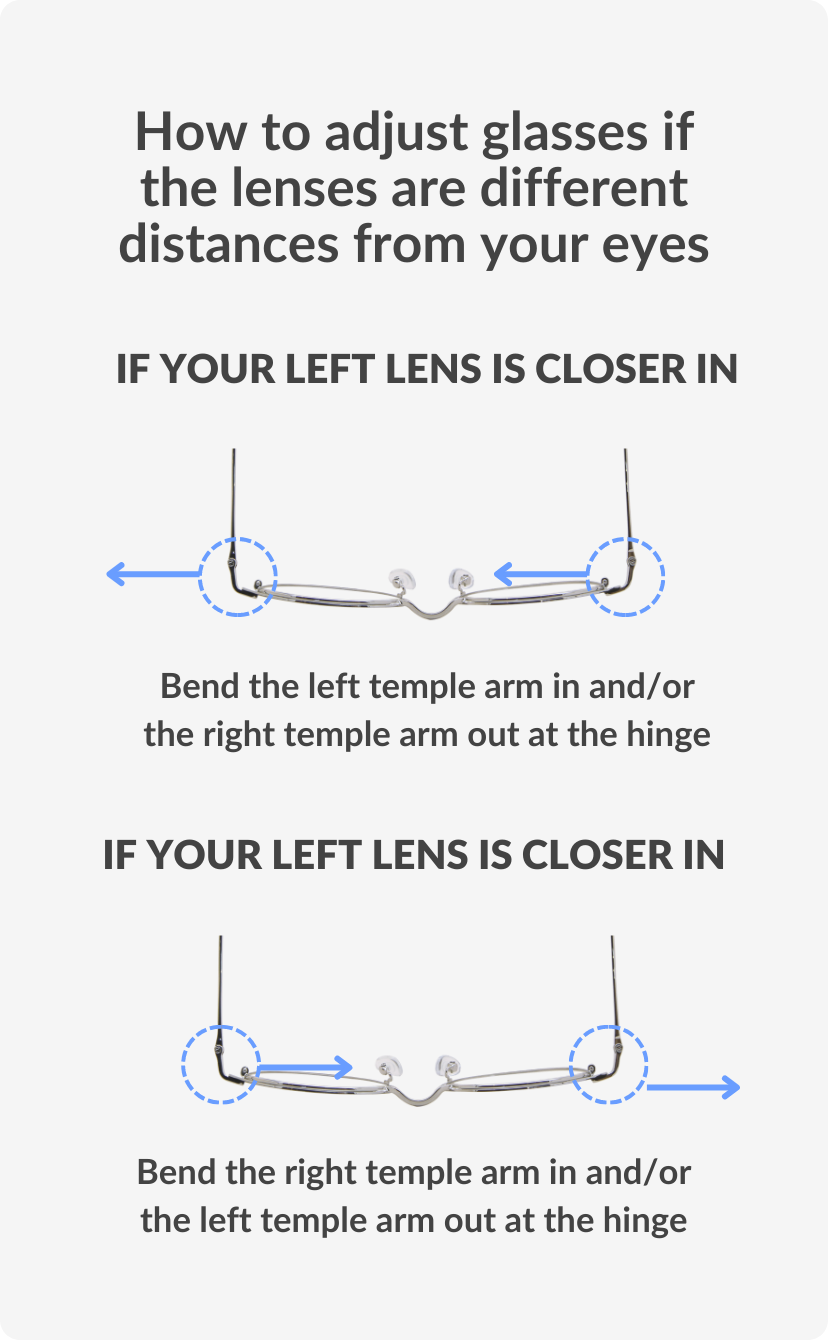
How do I keep my glasses from sliding down my nose?
If your glasses slide off your nose, the first thing to do is tighten them behind your ears.

On metal frames, you can also adjust the nose pads to raise or lower the lenses to adjust the fit.
If you have adjustable nose pads, simply push the nose pads closer together with your fingers until they sit comfortably on your nose without leaving marks.
If your nose pads leave marks, make the opposite motion with the nose pads or temples.
How do you adjust glasses around your ears?
If your glasses are too tight around your ears, bend the tips out and up. For wire frames, this might be easier to do. If your glasses don’t bend easily (usually if they are made of acetate or plastic), you can always heat them where you intend to bend them.
Make sure the heat source does not touch the lenses, as it might ruin the coatings and cause damage.

How to adjust crooked glasses
Again, for lenses of different heights, you’ll need to adjust the glasses’ arms. If the left lens is higher than the right, you’ll want to bend up the temple at the arm’s hinge on the right side. Do the opposite if the right lens is higher than the left one.

How to tighten glasses with a screwdriver
All types of eyeglasses have hinges held together by tiny screws. These screws are usually the first things that might need adjustments in your glasses. It’s important to check regularly if the screws are loose to avoid losing them. If they are, you might need to use a screwdriver to adjust them.
Most glasses repair kits include screws and a small screwdriver specifically made for glasses. With the help of the screwdriver, carefully tighten the screws at the corners of the temples. Tighten them as much as possible, then loosen them by a half turn to ensure no strain is put on the sides.
Avoid fixing your glasses yourself if a screw comes out or an arm separates. Instead, get your spectacles properly adjusted by an optician.
DID YOU KNOW?
Ask an optician for optimal glasses adjustments
If you’re unsure about adjusting glasses yourself, the best thing to do is to go to an optician for help. Some types of eyeglasses, such as rimless and semi-rimless ones, usually need more care and experience as they are more fragile than fully-rimmed eyeglass frames.
Opticians are also the best option for adjusting metal frames better, especially if you need to adjust one nose pad arm or both of them.
If you need help with what to do with your current or new pair of glasses, you can contact one of our certified online opticians. They can advise you on what is best to do in your situation.
You can also check out our Optical Center, an extensive information platform where you can find answers and explanations of all things related to eye care and glasses.





































